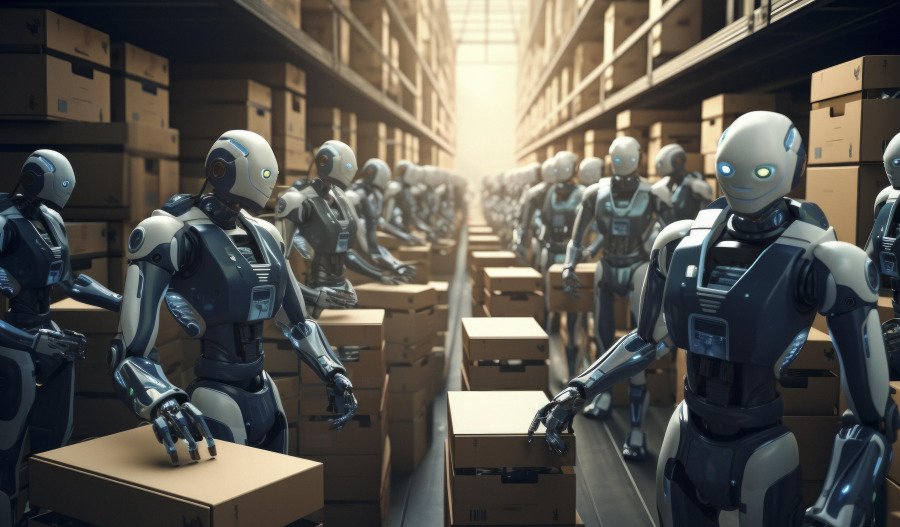Salesforce CEO Marc Benioff says artificial intelligence accounts for up to 50% of operations at the software giant, as the "digital labour revolution" accelerates across Silicon Valley.
Benioff has disclosed that AI now handles between 30-50% of his company's workload, marking a significant milestone in what he describes as an ongoing "digital labour revolution" transforming the technology sector.
Speaking in a Bloomberg interview, Benioff emphasised the transformative nature of the shift: "All of us have to get our head around this idea that AI could do things, that before, we were doing, and we can move on to do higher-value work."
The San Francisco-based software giant has achieved approximately 93% accuracy with its AI systems, though Benioff noted that reaching 100% accuracy remains unrealistic.
Benioff attributed his company's AI transition success to superior data infrastructure, arguing that "other vendors are at much lower levels because they don't have as much data and metadata" to build higher accuracy systems.
This AI integration has already triggered workforce restructuring at Salesforce, with the company cutting more than 1,000 positions earlier this year as it pivoted towards AI-driven operations.
Tech Giants Embrace AI
Benioff's revelations come as major technology companies increasingly embrace AI to reduce operational costs and boost efficiency.
Amazon CEO Andy Jassy recently told employees that AI will reduce the company's total corporate workforce in the coming years, stating: "We will need fewer people doing some of the jobs that are being done today, and more people doing other types of jobs."
The e-commerce giant's AI coding assistant has already saved Amazon programmers 4,500 years of work by accelerating software upgrades and has plans to eliminate 14,000 managerial positions to save up to US$3.6 billion annually.
Microsoft said it was laying off 6,000 employees - 3% of its global workforce - in May, despite posting strong quarterly earnings.
CEO Satya Nadella revealed that 30% of Microsoft's code is now written by AI, with over 40% of recent layoffs targeting software engineers - precisely the roles being automated.
Swedish fintech company Klarna has perhaps moved most aggressively, with CEO Sebastian Siemiatkowski revealing a 40% workforce reduction from 5,000 to approximately 3,000 employees.
The company's AI customer service assistant now performs the work of 700 former human agents, contributing to Klarna's return to profitability ahead of a planned U.S. IPO.
Industry-wide transformation
The trend extends far beyond individual companies, as recent analysis shows that technological updates - including AI implementation - have led to 20,000 layoffs in the first five months of 2025.
The World Economic Forum projects that 40% of employers expect workforce reductions where AI can automate tasks, while simultaneously creating 11 million new jobs and displacing 9 million others by 2030.
Final Round AI research shows that 77% of AI jobs require master's degrees, and 18% require doctoral degrees, creating a significant skills gap for displaced workers seeking new roles.
Microsoft's recent $80 billion investment in AI infrastructure for FY 2025 exemplifies how companies are redirecting resources from human capital to technological capabilities.
Speaking to Reuters, D.A. Davidson analyst Gil Luria says the layoffs suggest Microsoft was very closely managing the margin pressure created by its AI investment.
"We believe that every year Microsoft invests at the current levels, it would need to reduce headcount by at least 10,000 in order to make up for the higher depreciation levels due to their capital expenditures," Luria said.
The only outlier of note is IBM, which despite cuts in some areas, has actually increased its workforce, with the savings from automation being redirected to other business functions.
“While we have done a huge amount of work inside IBM on leveraging AI and automation on certain enterprise workflows, our total employment has actually gone up,” IBM CEO Arvind Krishna said.
“It gives you more investment to put into other areas.”



